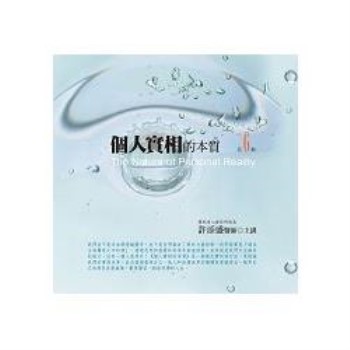This study focuses on the past (1985) and current (2018) evolution of the Sabkha of Naâma, with particular emphasis on crucial parameters such as salinity, vegetation, and water status. The main objective is to provide essential data for the conservation of the biodiversity of this region. The results obtained through representative sampling, including 136 soil samples at two distinct depths (4 cm and 30 cm), are at the heart of this analysis. Salinity analyzes reveal maximum values reaching 115.3 g/l at 4 cm depth and 80.3 g/l at 30 cm. As for conductivity, the highest values are 198.4 mS at 4 cm and 141.89 mS at 30 cm, respectively. Furthermore, the results highlight a variation in the pH of the Sabkha soil, oscillating between weakly alkaline and strongly alkaline. The diachronic approach, based on the analysis of the NDVI of satellite images Landsat_5, Landsat_8, and Sentinel_2, offers a fascinating insight of the evolution of vegetation over a period of 33 years. Using the NDWI over the same period highlights the growing water deficit in the region over time.
| FindBook |
有 1 項符合
The Naâma Sabkha, a wetland facing global change的圖書 |
 |
The Naâma Sabkha, a wetland facing global change 作者:Guerine 出版社:Our Knowledge Publishing 出版日期:2024-05-02 語言:英文 規格:平裝 / 108頁 / 22.86 x 15.24 x 0.66 cm / 普通級/ 初版 |
| 圖書館借閱 |
| 國家圖書館 | 全國圖書書目資訊網 | 國立公共資訊圖書館 | 電子書服務平台 | MetaCat 跨館整合查詢 |
| 臺北市立圖書館 | 新北市立圖書館 | 基隆市公共圖書館 | 桃園市立圖書館 | 新竹縣公共圖書館 |
| 苗栗縣立圖書館 | 臺中市立圖書館 | 彰化縣公共圖書館 | 南投縣文化局 | 雲林縣公共圖書館 |
| 嘉義縣圖書館 | 臺南市立圖書館 | 高雄市立圖書館 | 屏東縣公共圖書館 | 宜蘭縣公共圖書館 |
| 花蓮縣文化局 | 臺東縣文化處 |
|
|
圖書介紹 - 資料來源:博客來 評分:
圖書名稱:The Naâma Sabkha, a wetland facing global change
|







![塔木德:猶太人的致富聖經[修訂版]:1000多年來帶領猶太人快速累積財富的神祕經典 塔木德:猶太人的致富聖經[修訂版]:1000多年來帶領猶太人快速累積財富的神祕經典](https://media.taaze.tw/showLargeImage.html?sc=11100697818)



